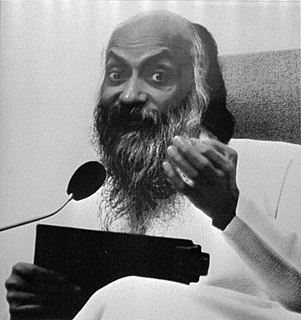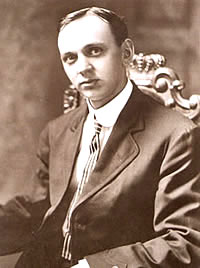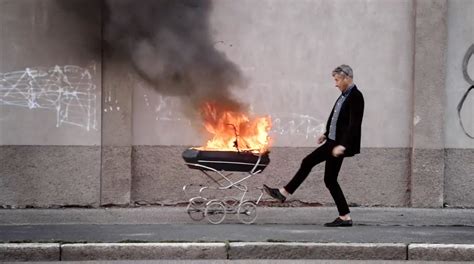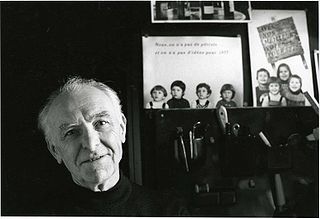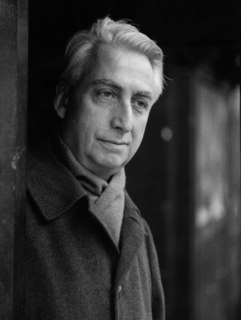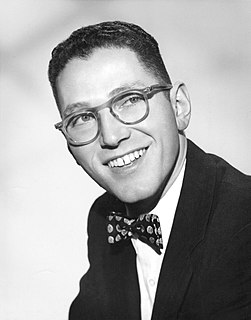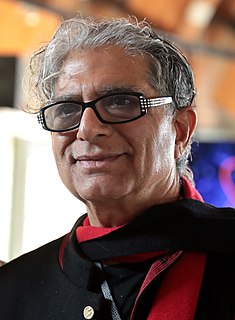A Quote by Susan Sontag
Industrial societies turn their citizens into image-junkies; it is the most irresistible form of mental pollution. Poignant longings for beauty, for an end to probing below the surface, for a redemption and celebration of the body of the world. Ultimately, having an experience becomes identical with taking a photograph of it.
Related Quotes
My photographs don't go below the surface. They don't go below anything. They're readings of the surface. I have great faith in surfaces. A good one is full of clues. But whenever I become absorbed in the beauty of a face, in the excellence of a single feature, I feel I've lost what's really there been seduced by someone else's standard of beauty or by the sitter's own idea of the best in him. That's not usually the best. So each sitting becomes a contest.
So your life becomes a vital celebration, your relationship becomes a festive thing. Whatsoever you do, every moment is a festival. You eat, and eating becomes a celebration; you take a bath, and bathing becomes a celebration; you talk, and talking becomes a celebration; relationship becomes a celebration. Your outer life becomes festive, there is no sadness in it. How can sadness exist with silence?
Modern man has been in search of a new language of form to satisfy new longings and aspirations - longings for mental appeasement, aspirations to unity, harmony, serenity - an end to his alienation from nature. All these arts of remote times or strange cultures either give or suggest to the modern artist forms which he can adapt to his needs, the elements of a new iconography.
Any photograph has multiple meanings: indeed, to see something in the form of a photograph is to encounter a potential object of fascination. The ultimate wisdom of the photographic image is to say: “There is the surface. Now think – or rather feel, intuit – what is beyond it, what the reality must be like if it looks this way.’ Photographs, which cannot themselves explain anything, are inexhaustible invitations to deduction, speculation, and fantasy
The beauty in the story is at one with suffering. That is also part of our upbringing - we don't think there could be beauty
otherwise. Beauty is the result of having been through an experience all the way through to the end - therefore it has a poignancy. Beauty that is
singular always comes from following an experience to the point where you can go no further.
You've got to struggle against the pollution of intelligence in order to become an animal with very sharp instincts - a sort of intuitive medium - so that to photograph becomes a magical act, and slowly other more suggestive images begin to appear behind the visible image, for which the photographer cannot be held responsible.
The Photograph is an extended, loaded evidence — as if it caricatured not the figure of what it represents (quite the converse) but its very existence ... The Photograph then becomes a bizarre (i)medium(i), a new form of hallucination: false on the level of perception, true on the level of time: a temporal hallucination, so to speak, a modest (o)shared(i) hallucination (on the one hand 'it is not there,' on the other 'but it has indeed been'): a mad image, chafed by reality.
If you visit American city, You will find it very pretty. Just two things of which you must beware: Don't drink the water and don't breathe the air. Pollution, pollution, They got smog and sewage and mud. Turn on your tap and get hot and cold running crud. See the halibuts and the sturgeons Being wiped out by detergents. Fish gotta swim and birds gotta fly, But they don't last long if they try. Pollution, pollution, You can use the latest toothpaste, And then rinse your mouth with industrial waste.
If you are having the experience of anxiety, your body is making adrenaline and cortisone, if you are having the experience of tranquility, your body starts making valium, if you are having the experience of exhilaration and joy, your body makes interleukins and interferons which are powerful anti-cancer drugs. So, your body is constantly converting your experiences into molecules.



